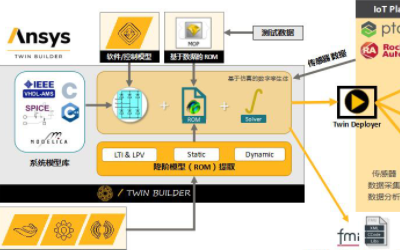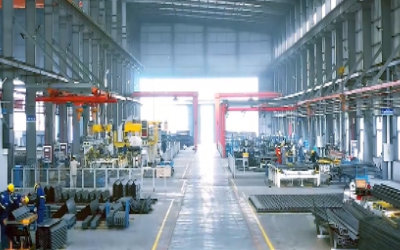Deep-water platform develops oil and gas
The successful operation of Haiji One, Asia's first 300-meter deep-water jacket platform — a structure pinned to the seafloor to support offshore oil and gas production facilities — will enable China to develop its resources in a cost-effective and efficient way in the coming years, said experts and corporate executives on Tuesday.
They commented after China National Offshore Oil Corp, the State-owned offshore oil and gas producer and Haiji One's operator, put the facility — designed and built independently by the group — into operation on Monday.
The oil and gas rig, located in the Pearl River Mouth Basin, Guangdong province, weighs up to 40,000 metric tons, setting records for China's offshore oil production platform and creating a new model in deep-sea oil and gas exploration.
Dong Liwan, a professor of marine economies at Shanghai Maritime University, said this offshore engineering platform, supported by the latest technologies, has the characteristics of low production cost and high localization rate, compared with previous underwater production systems used by similar oil and gas fields.
The jacket will further secure China's energy supply and help ensure its energy security, he said.
Before Haiji One, China had more than 300 offshore jackets, but all working at a depth of less than 200 meters.
Built in Zhuhai, Guangdong province, Haiji One will start operation with a daily output of 2,700 tons, and then increase this to 5,000 tons upon completion of all oil wells.
China is now capable of independently developing offshore oil and gas engineering equipment for use at depths up to 300 meters, said Zhao Chunming, general manager of CNOOC's exploration department.
Under its plan, CNOOC will focus next on developing key technical facilities such as ultra-deep-water oil and gas production systems, and cylindrical floating production storage and offloading devices.
Wu Yiming, general manager of Lufeng Oilfield Complex under CNOOC, said that Haiji One is designed to withstand the worst conditions on the sea in a century.
"Our team overcame a series of challenges including strong internal waves in the South China Sea, giant sand ripples and sand ridges at the bottom of the sea, and accurate positioning of giant structures under water," said Wu, noting many technologies were applied for the first time in this project.








